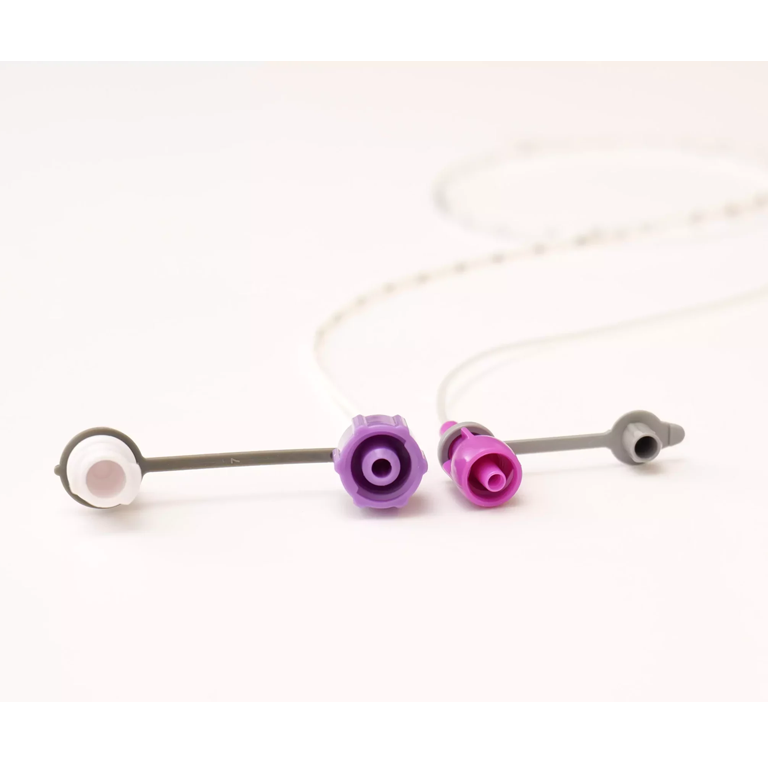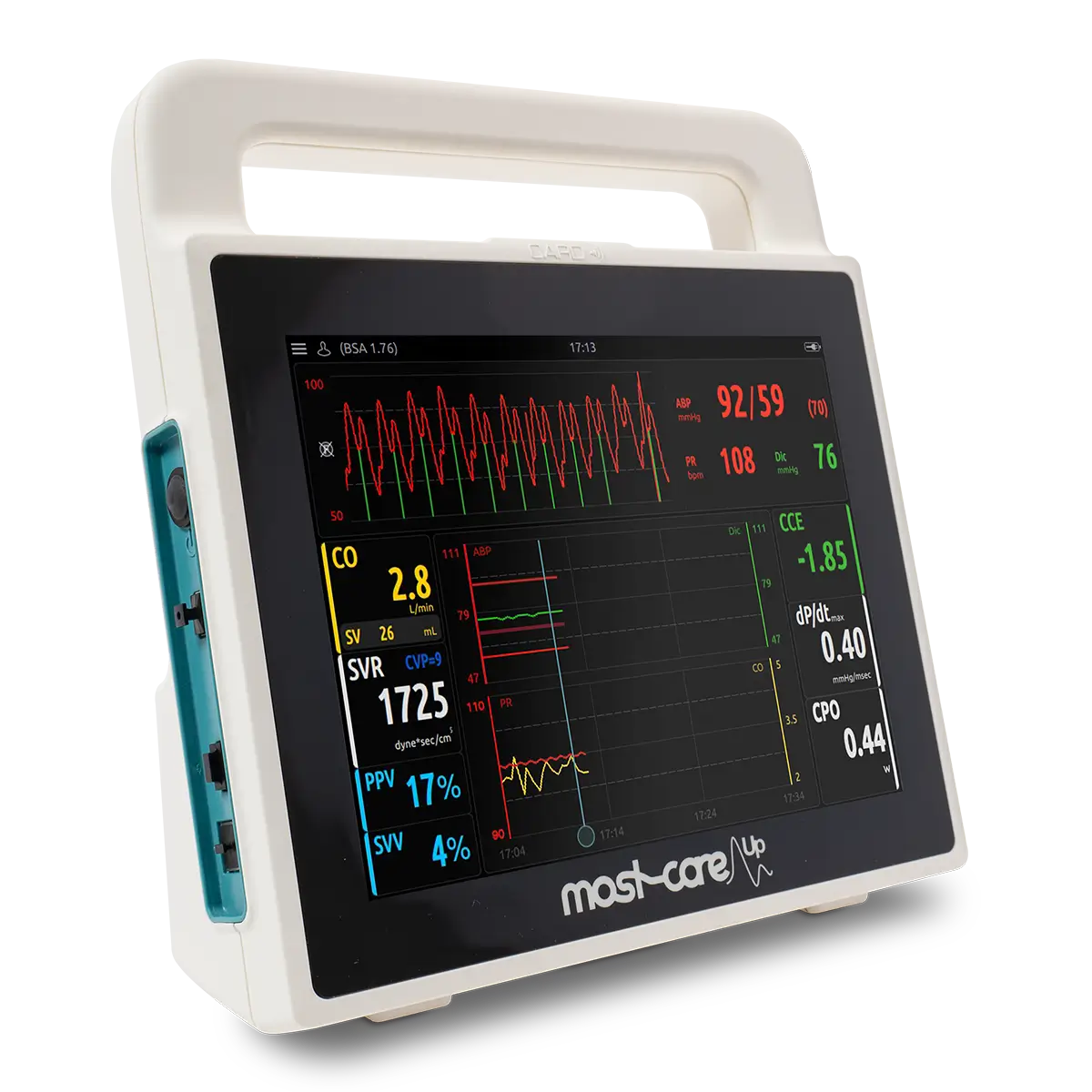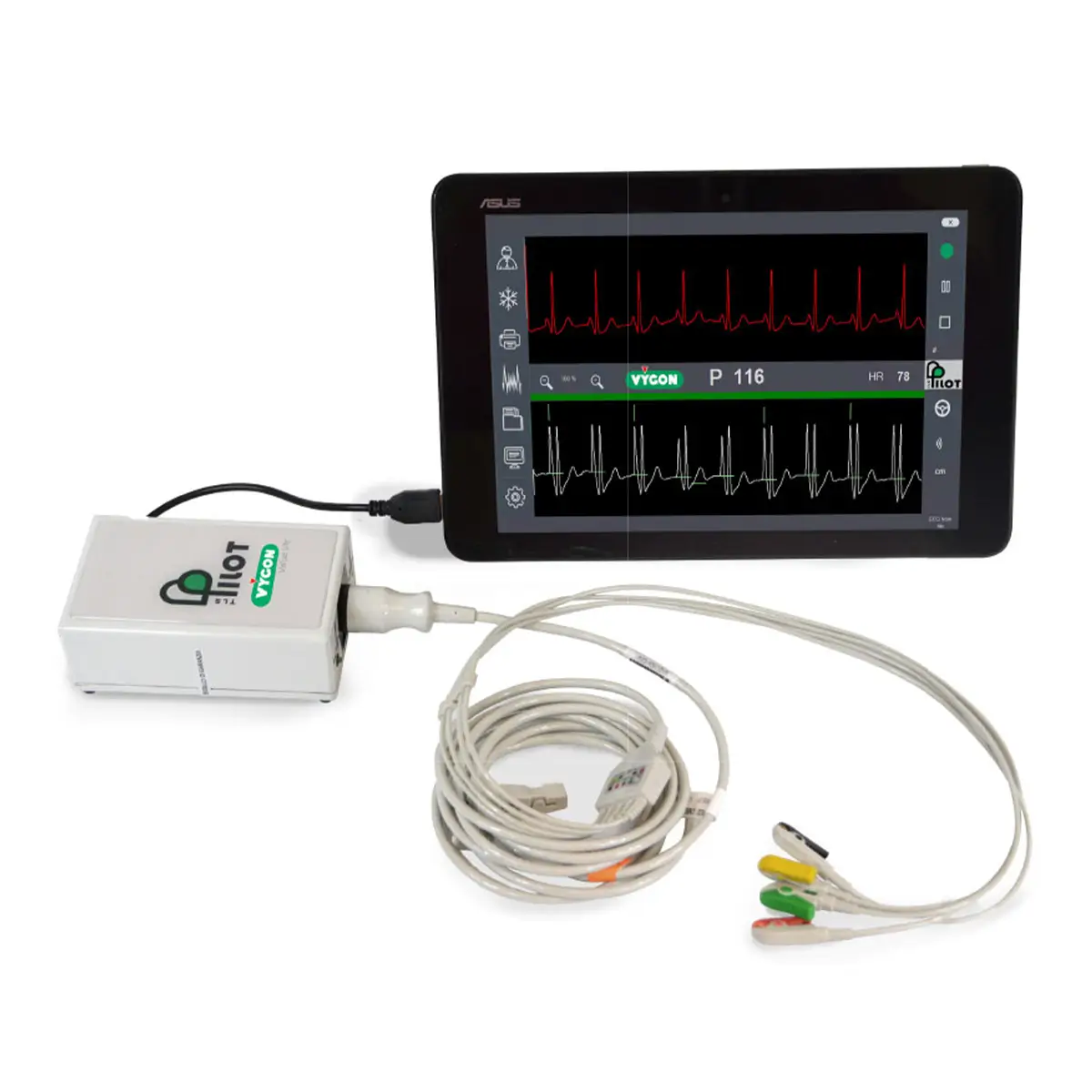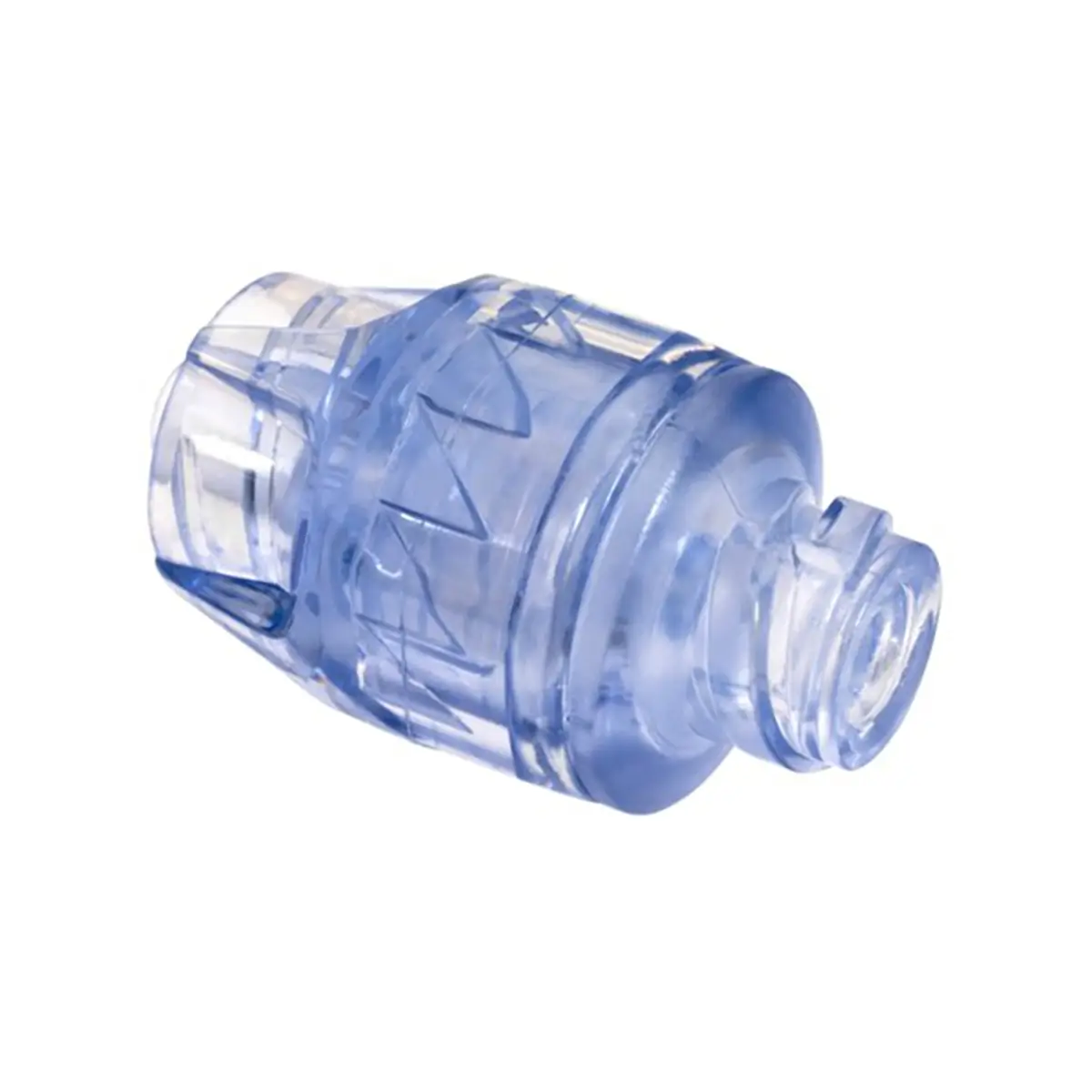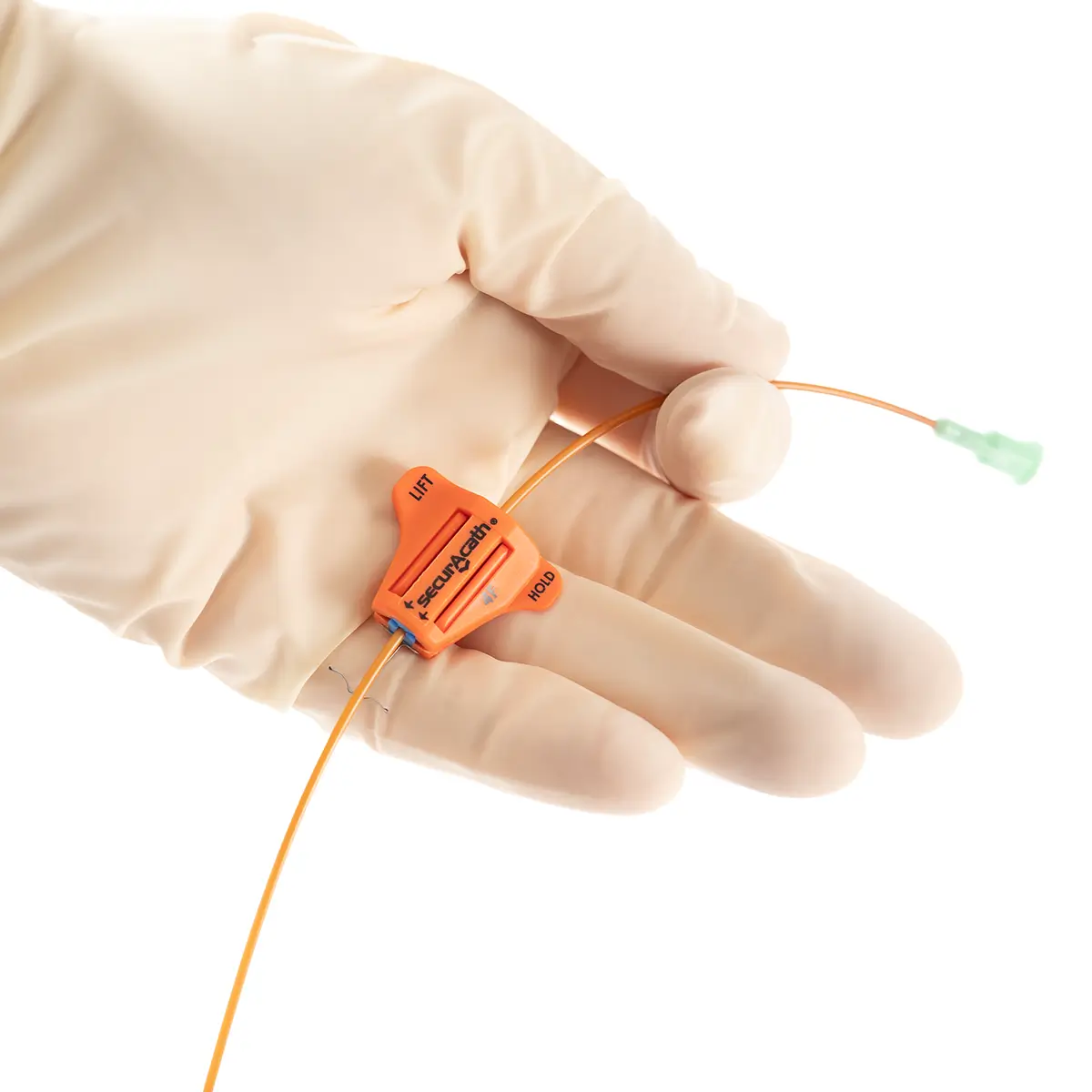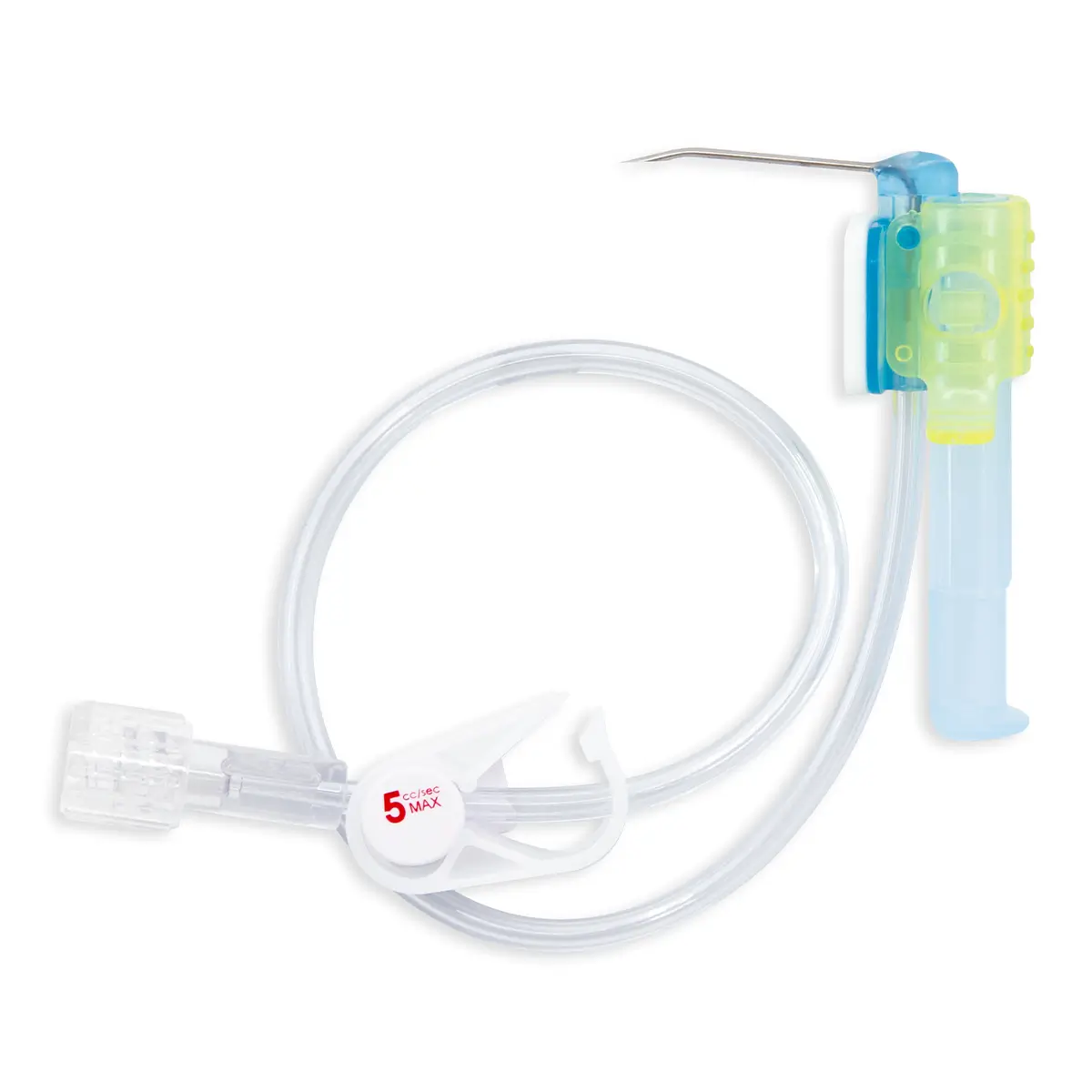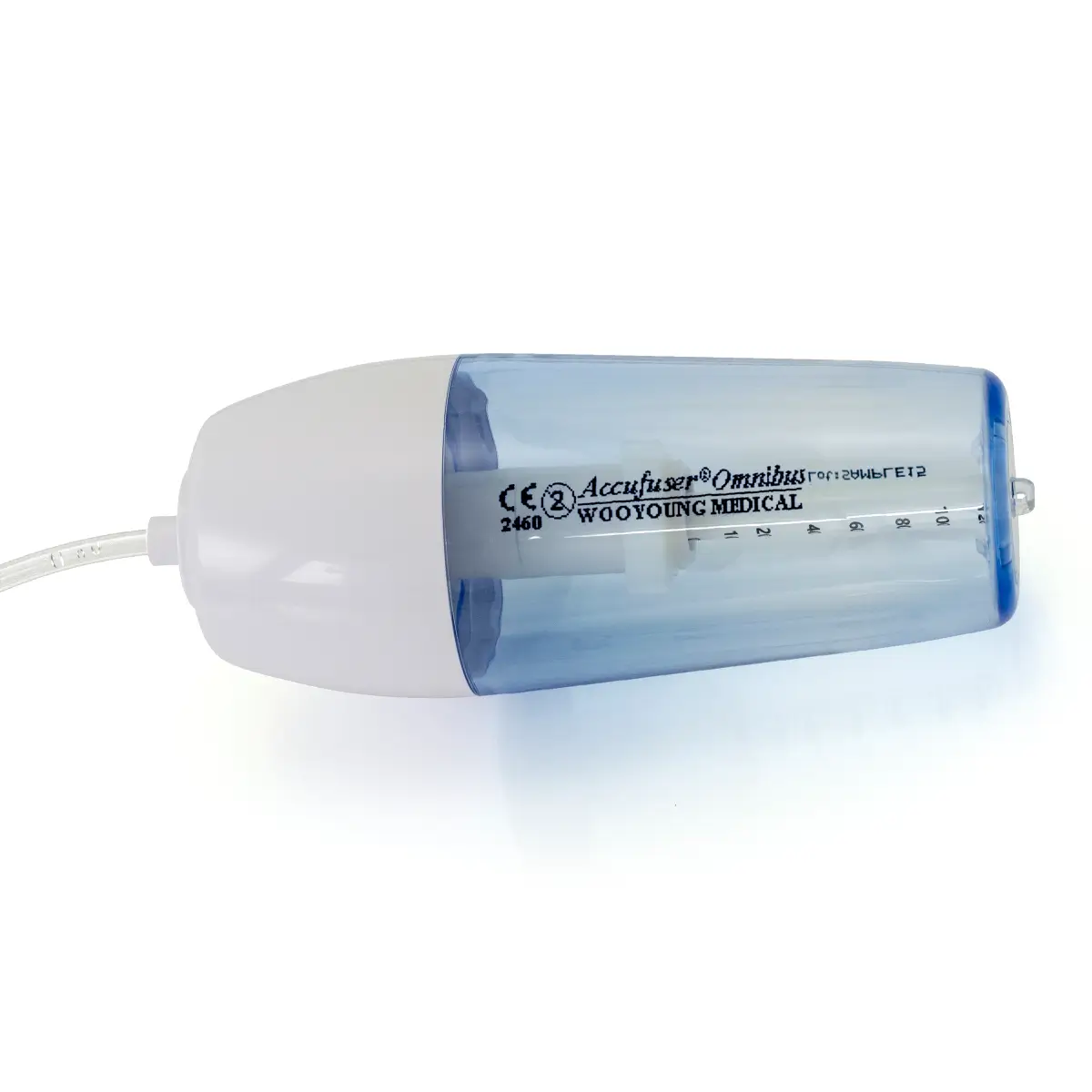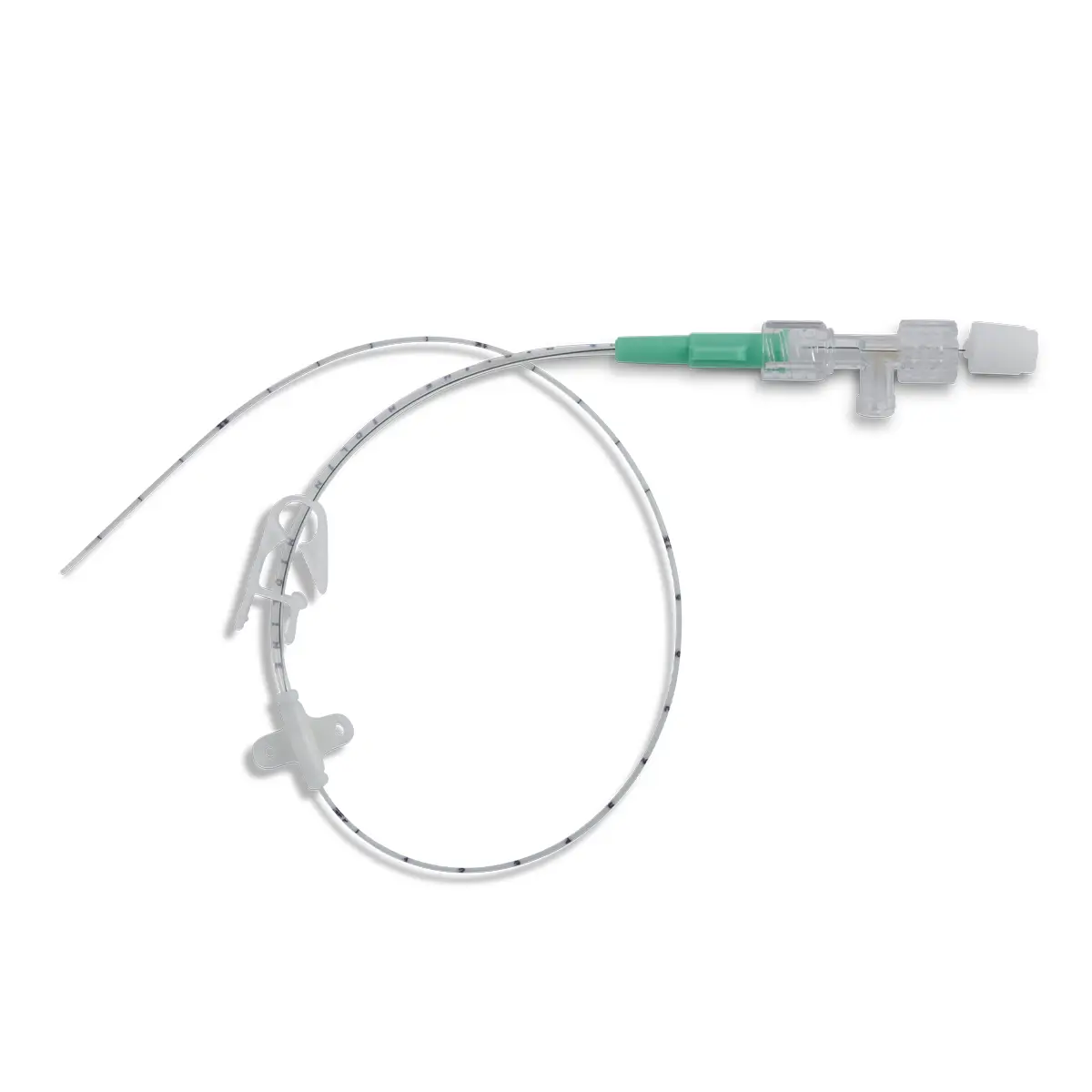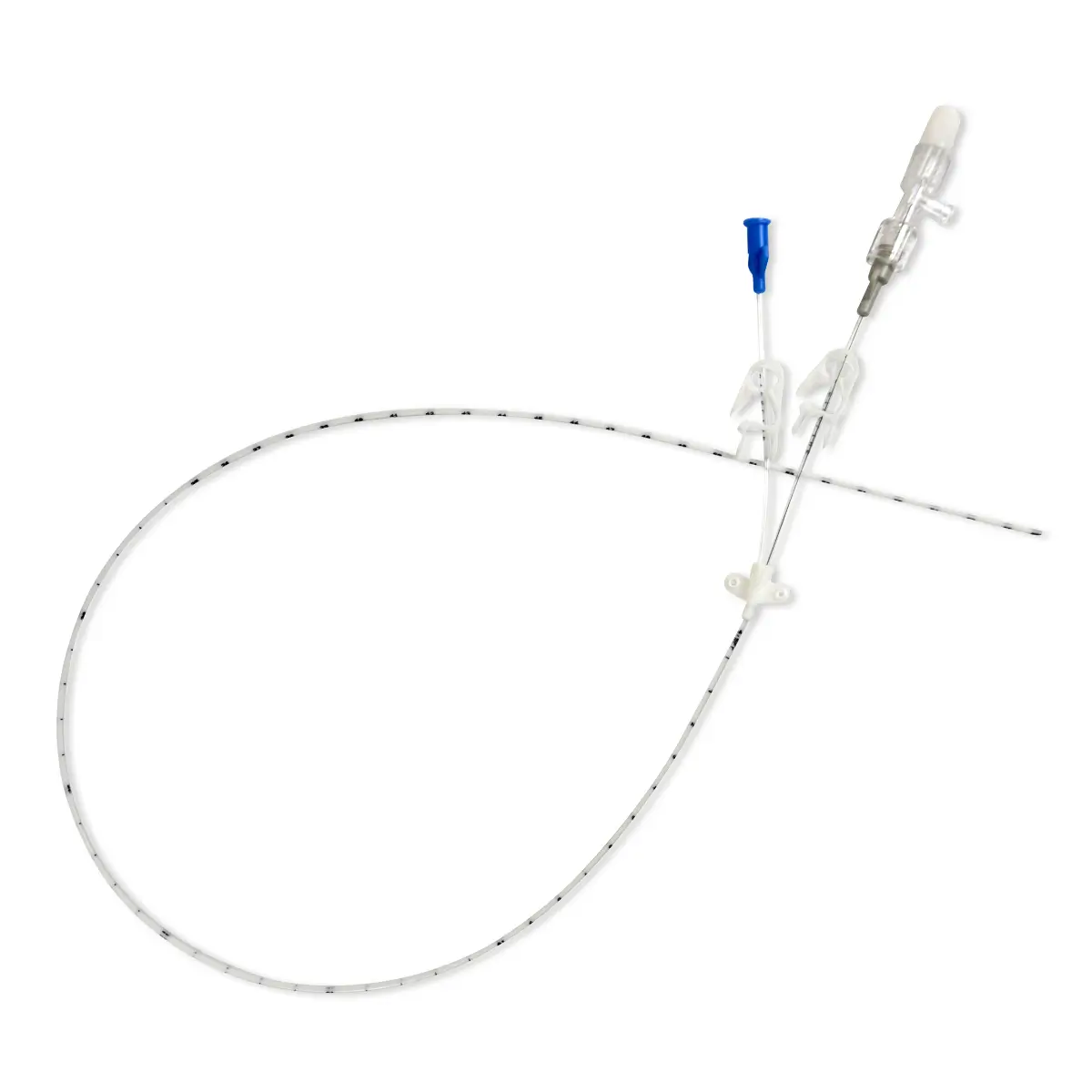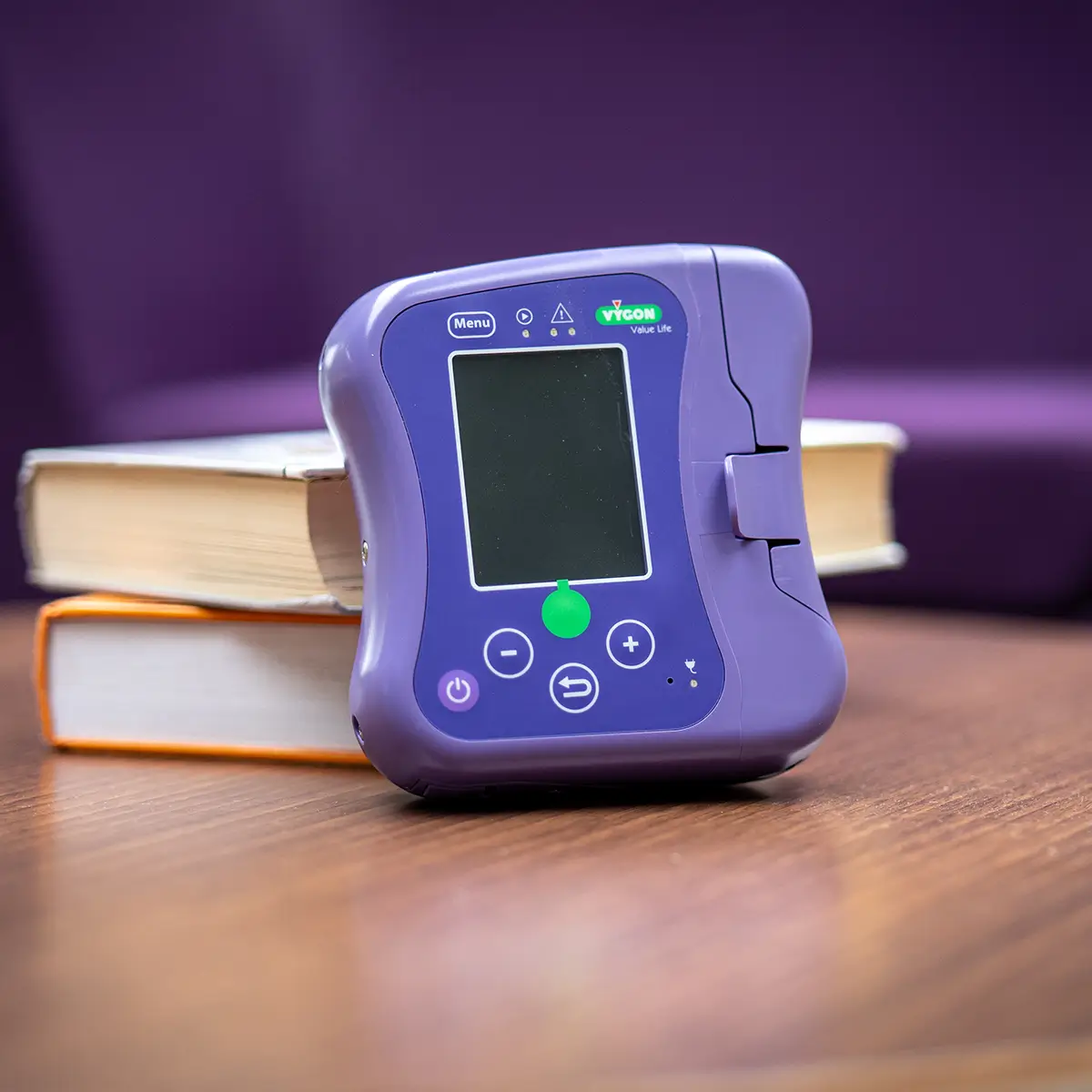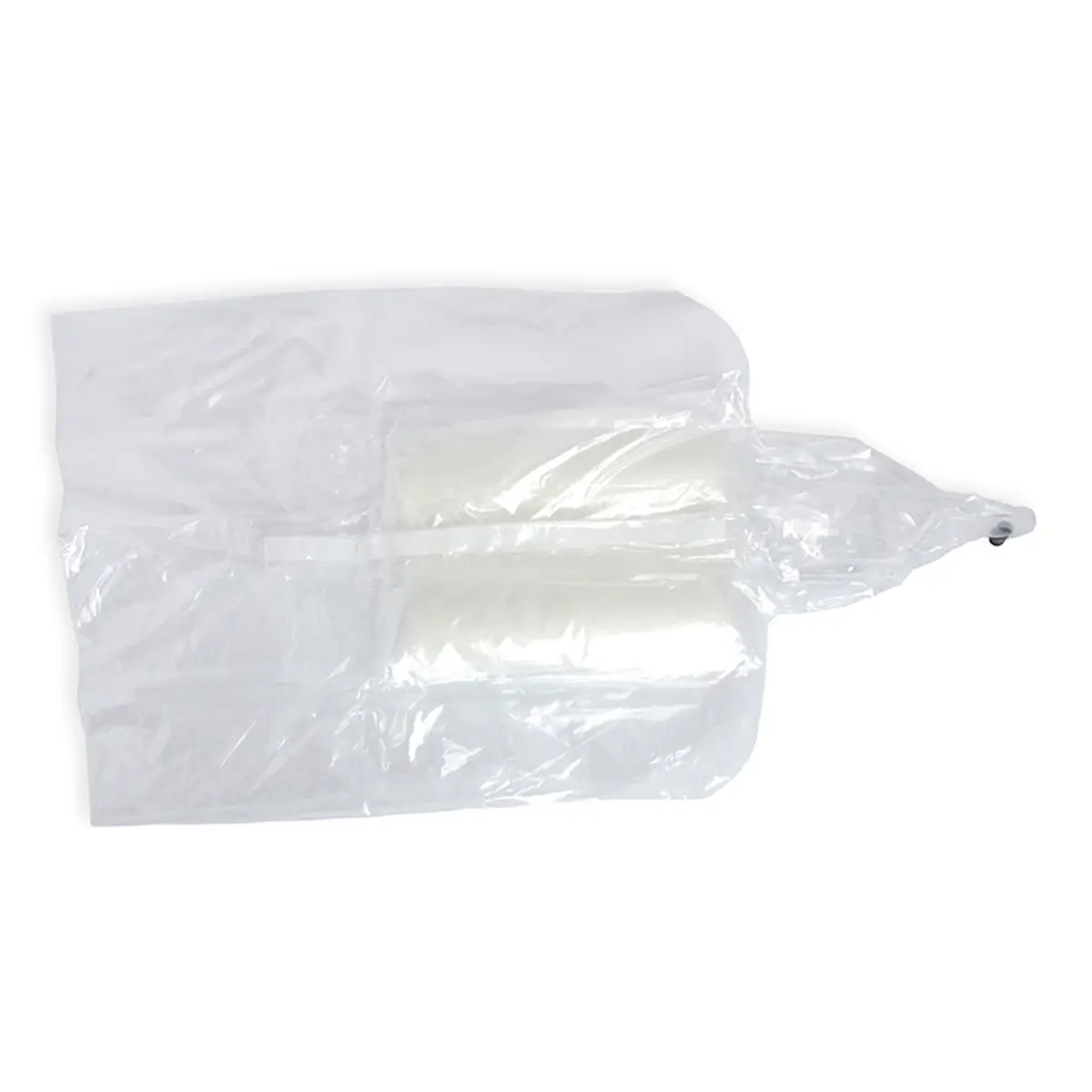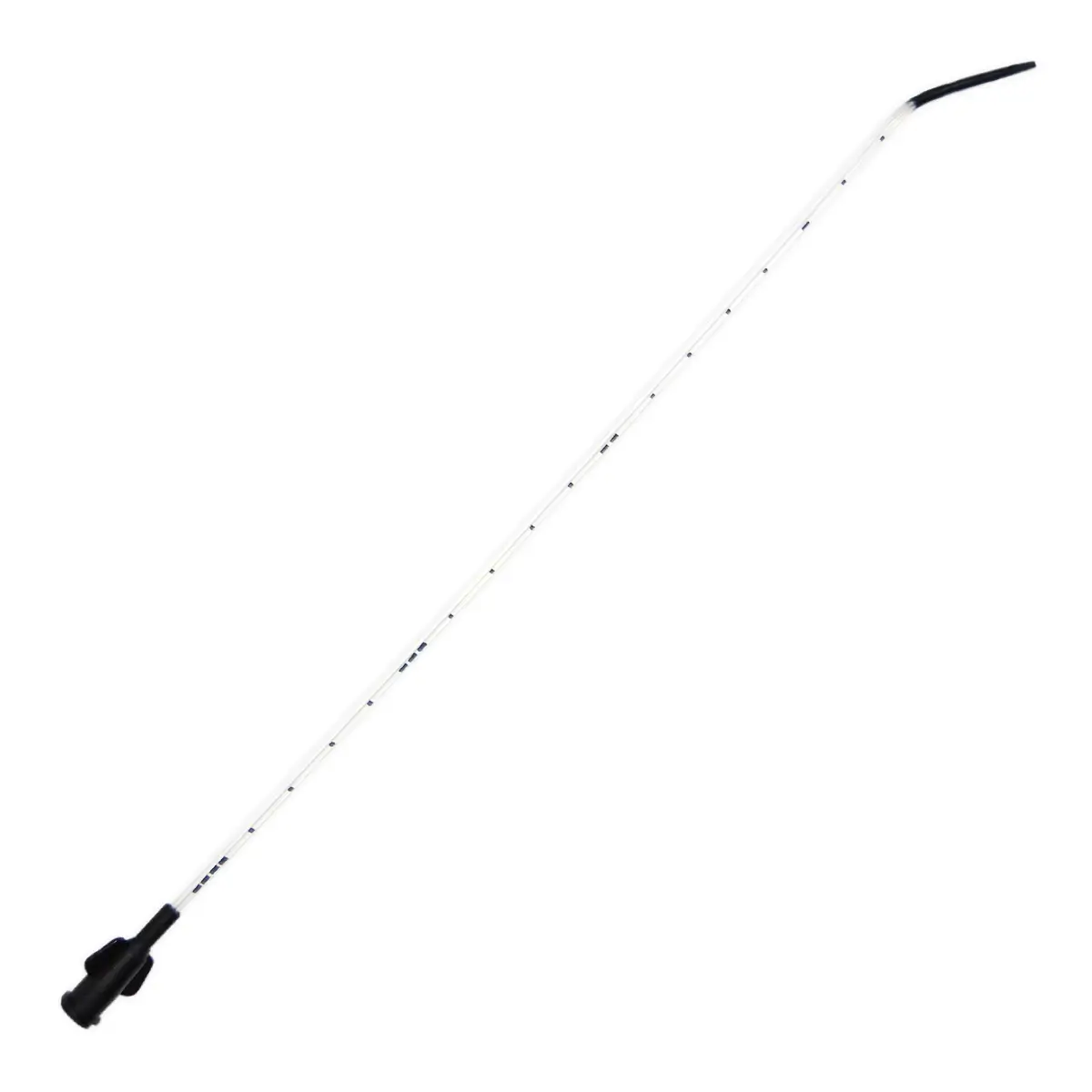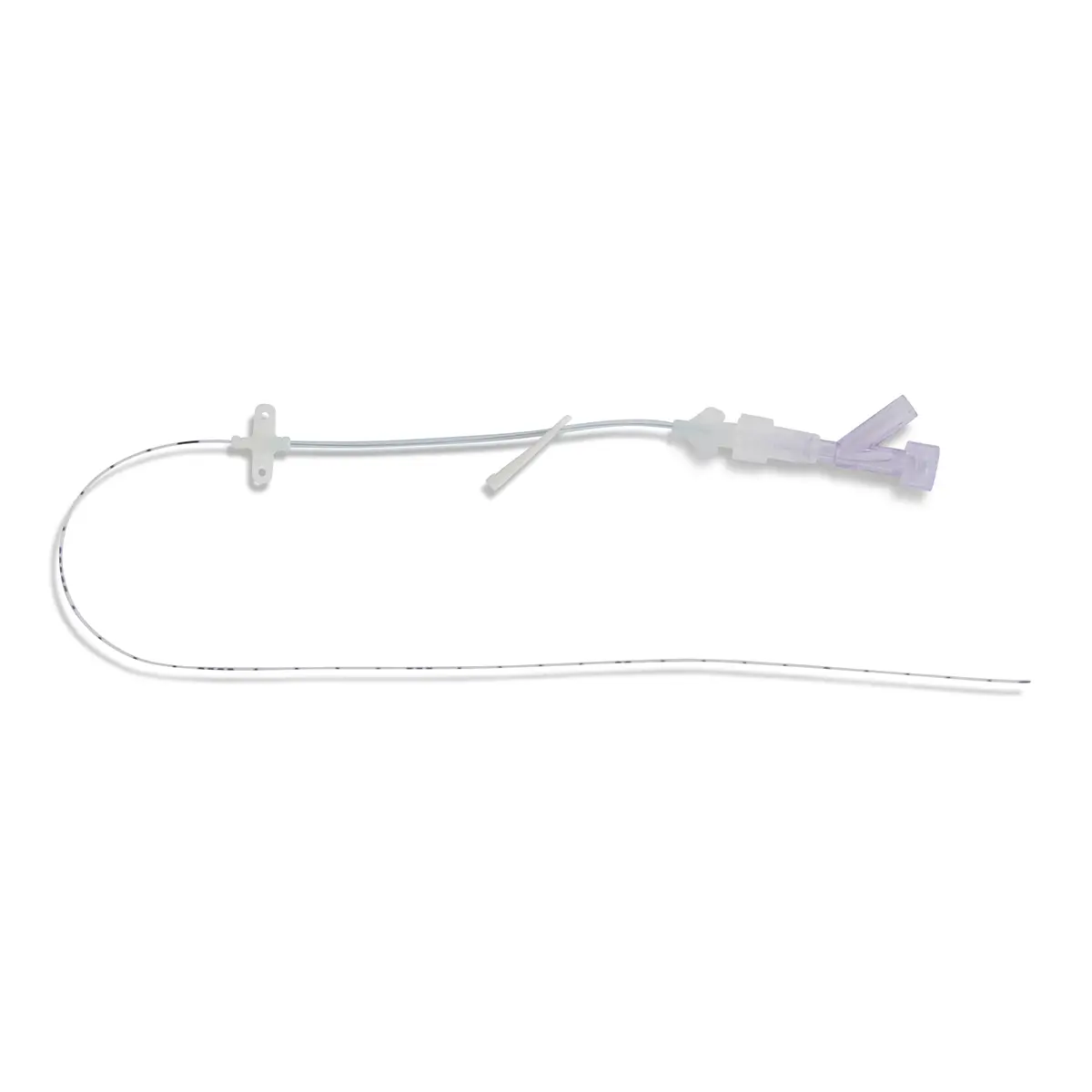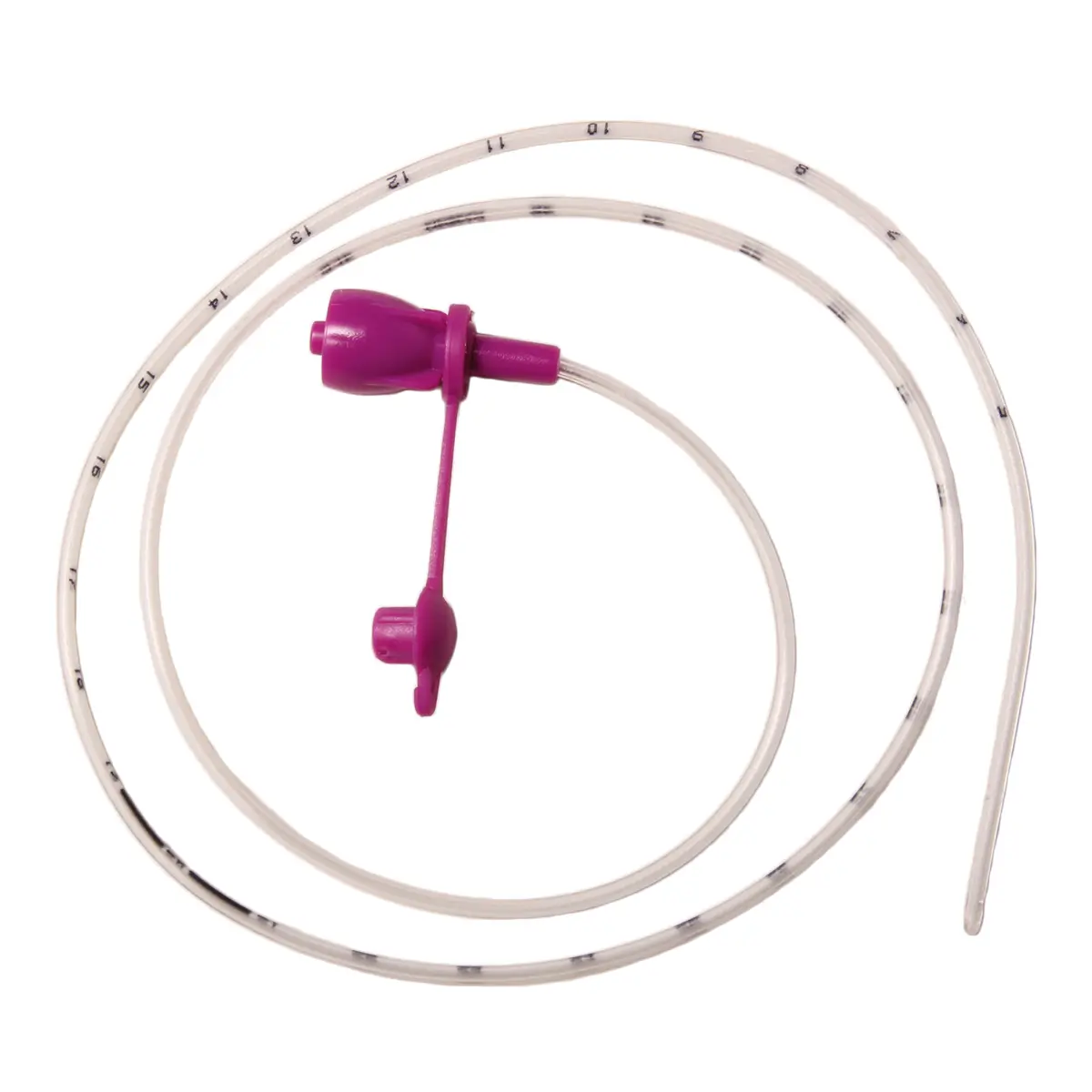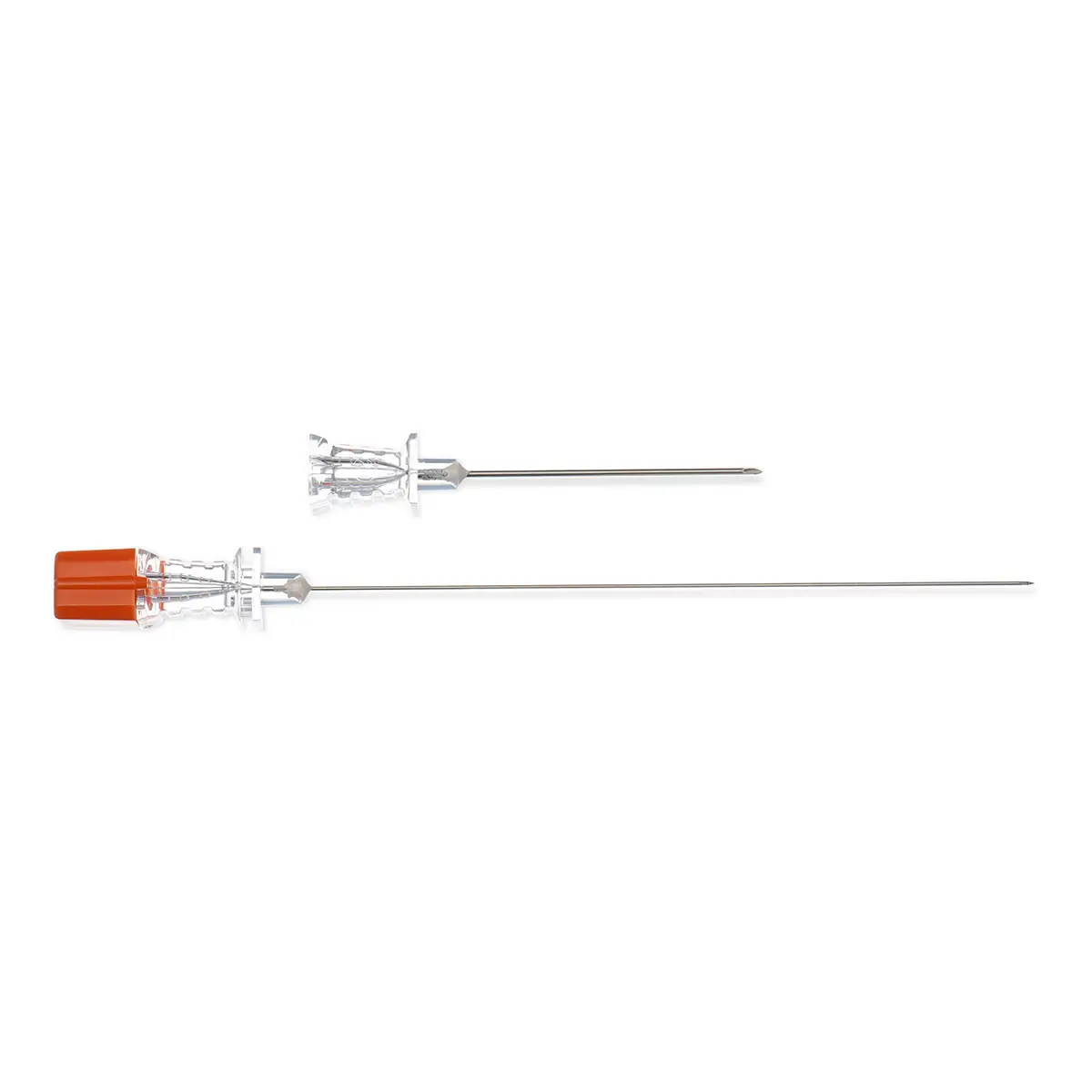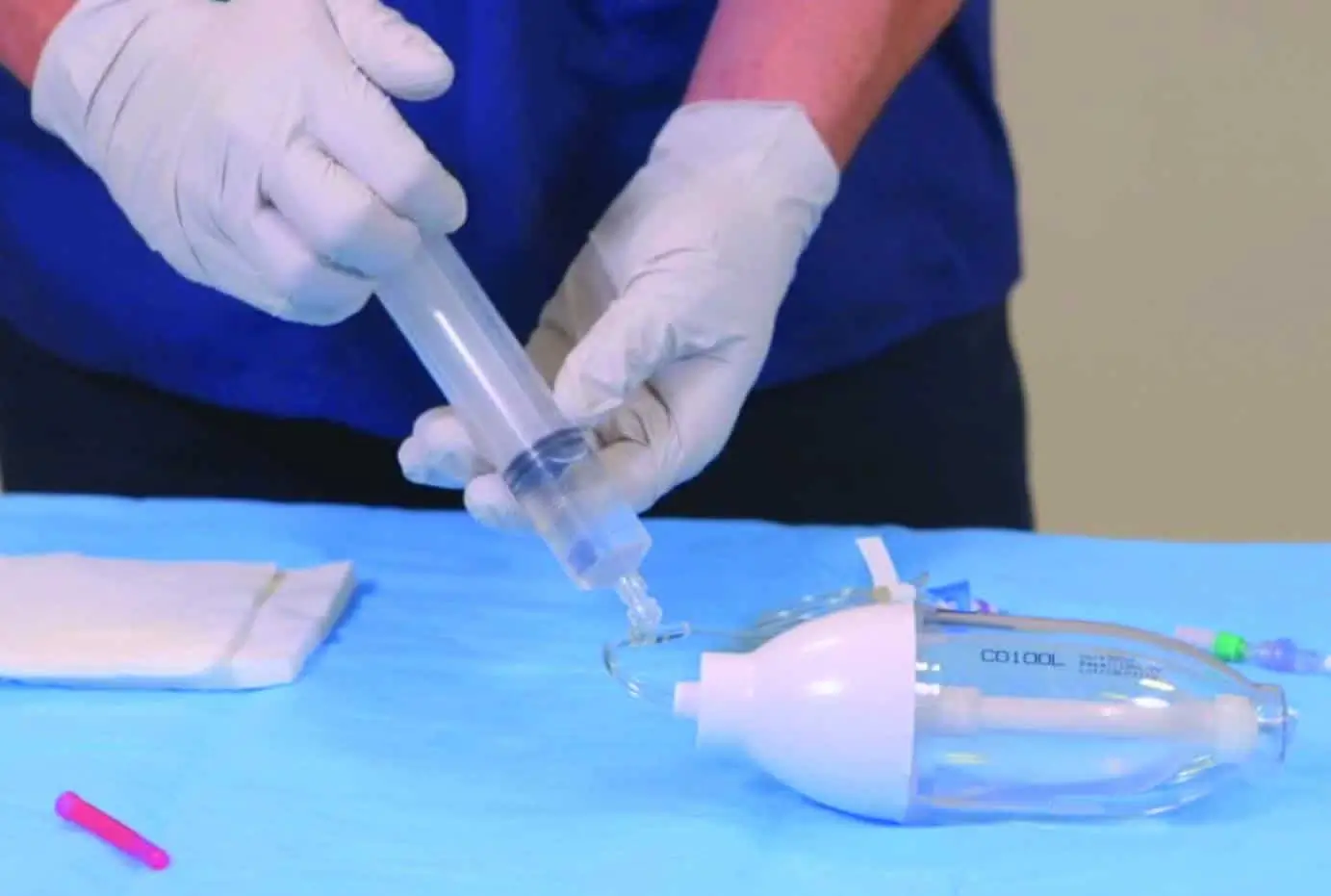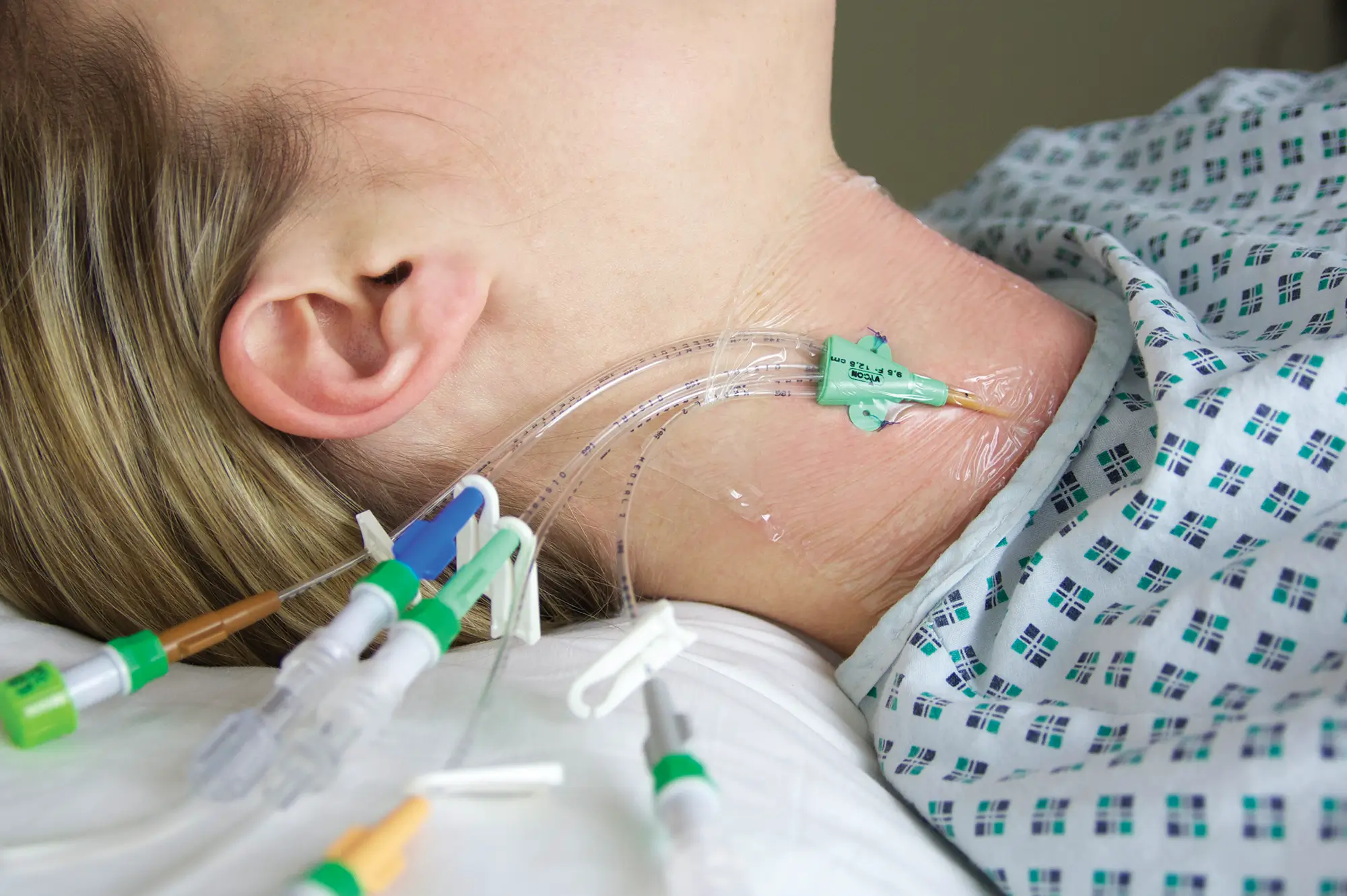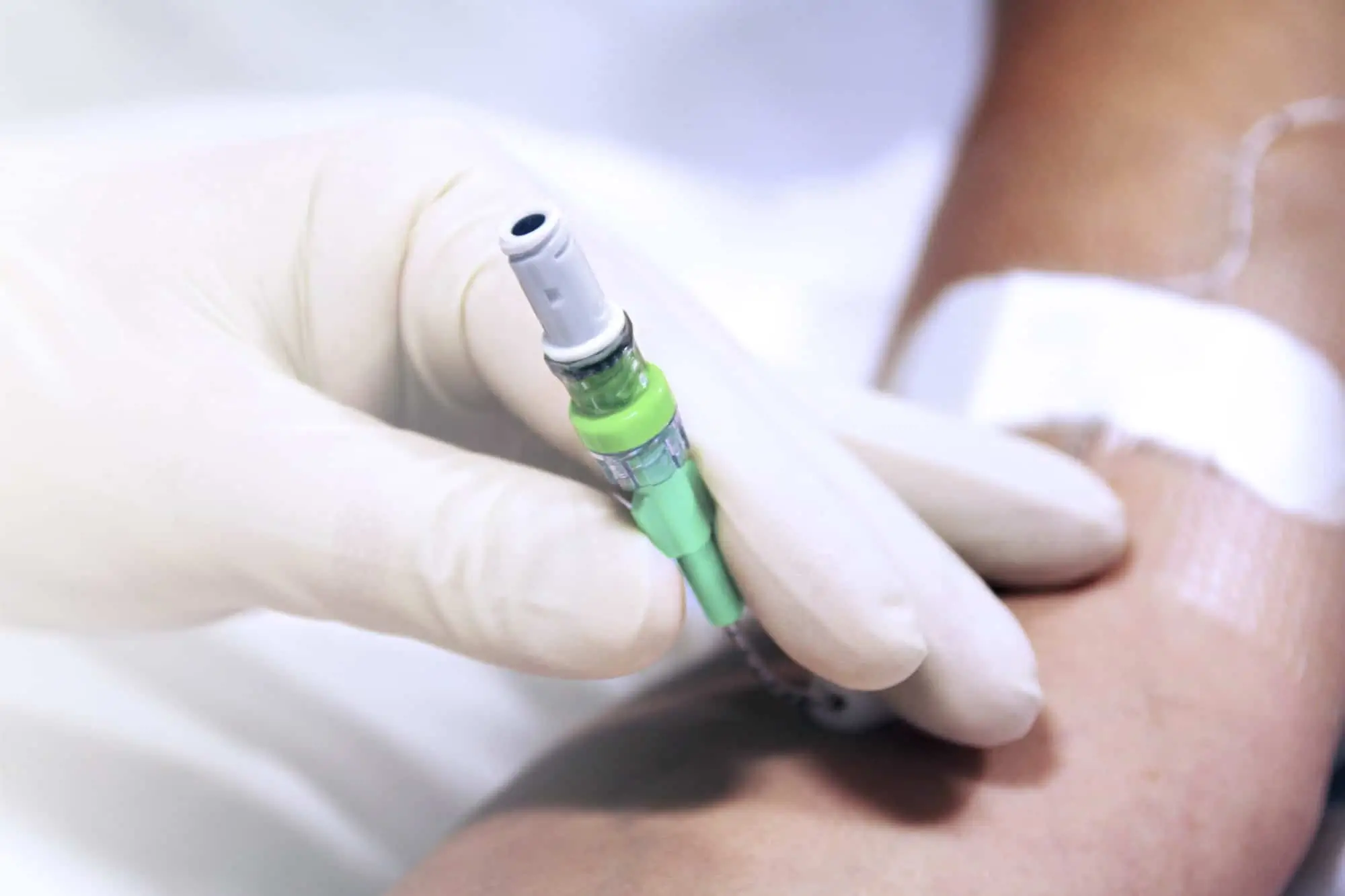"“This study not only demonstrates the considerable operational and financial benefits of adopting Elastomeric Pumps in this setting, but it also increases the overall experience for the patient being able to have their treatment at home.” "
Reducing Patient Length of Stay with Elastomeric Devices

Oxford University Hospitals NHS Foundation Trust successfully introduced Vygon’s elastomeric infusion pump as part of a value-based procurement pilot.
Study Overview
During December 2019 to September 2021, Oxford University Hospitals NHS Foundation Trust (OUH) introduced the Vygon Accufuser® elastomeric infusion pump with the aim of reducing patient length of stay, deliver bed related savings and promote antimicrobial stewardship. The elastomeric devices enabled clinically eligible patients to be discharged home to continue to receive their IV antibiotic treatment.
“Antimicrobial stewardship is a coordinated program that promotes the appropriate use of antimicrobials (including antibiotics), improves patient outcomes, reduces microbial resistance, and decreases the spread of infections caused by multidrug-resistant organisms.” (1)
Why use an elastomeric device?
Intravenous (IV) antibiotic therapy is regularly given for a wide variety of moderate to severe infections. Usually, patients requiring treatment with IV antibiotics are admitted to hospital in order to receive infusions 3-4 times daily. This treatment can continue over a 7-14 day period depending on the severity of the infection, and the patient will require a bed stay for the full period of treatment.
The use of elastomeric pumps for intravenous antibiotics is an alternative delivery method for patients, they have been designed to deliver a continuous flow of safe and accurate infusions for a variety of treatments and therapies. The device is convenient, easy to carry, and does not restrict daily activities. By using fresh fill elastomeric pumps, patients are able to be discharged earlier and continue their IV treatment at home.
The Study
Working with OUH, Vygon UK proposed the use of the Accufuser® elastomeric pump to reduce bed stays and promote antimicrobial stewardship. The fresh fill model was filled with the specific antibiotic on site so that eligible patients could start their infusion and be discharged from hospital in the care of the Acute Hospital at Home (AHAH) nursing team.
The study ran for nearly two years and the results were positive for both the hospital and the patients.
“Clear benefits were demonstrated as medically stable patients were able to be discharged earlier to continue their IV antibiotic treatment at home, thereby reducing pressure on beds, improving the patient flow through the hospital and providing a good experience for patients.” Alison Gowdy, Clinical Innovation Adoption Manager, Oxford AHSN (2)
Over the course of the study, 86 patients qualified for the device and were discharged to continue treatment at home.
This released 1,143 bed days, equating to £360,410 cost savings (OUH net saving).
View the full NHS Value Based Procurement study here
Benefits of Accufuser Elastomeric Infusion Pump
- Reduced workload for health care workers
Preparing and administering drugs can be a significant staff burden. The time spent reconstituting and administering drugs can amount to several hours of care per patient where other duties cannot be performed. This then increases the workload on other staff. Accufuser reduces this burden by giving accurate infusions over a longer time period, thereby freeing up time to carry on with other duties. - Suitable for hospital and home use
Home therapy is preferable for the patient, but not all patients are able to be discharged to have their treatment at home. The Accufuser is not limited to these qualified patients but can also be used to treat patients within the hospital. - Discreet and comfortable therapy
Patients are able to carry on with many daily activities whilst receiving intravenous therapy from the elastomeric device.
“Pharmacists can play an active role in determining the best infusion options for their practice setting. Being familiar with parameters associated with the appropriate use of OPAT administered via elastomeric pumps can help provide patients with safe, effective, cost-justified, and convenient drug therapy.” (3)
References
- APIC. 2022. Antimicrobial stewardship – APIC. [online] Available at: <https://apic.org/professional-practice/practice-resources/antimicrobial-stewardship/#:~:text=Antimicrobial%20stewardship%20is%20a%20coordinated,caused%20by%20multidrug%2Dresistant%20organisms.> [Accessed 7 April 2022].
- NHS Supply Chain. 2022. Value Based Procurement Pilot Reduces Length of Stay and Improves Patient Experience. [online] Available at: <https://www.supplychain.nhs.uk/news-article/successful-value-based-procurement-pilot-creates-new-patient-pathway-at-oxford-university-hospitals-nhs-foundation-trust/> [Accessed 7 April 2022].
- Uspharmacist.com. 2021. Role of Elastomeric Infusion Pumps in Outpatient Antibiotic Therapy. [online] Available at: <https://www.uspharmacist.com/article/role-of-elastomeric-infusion-pumps-in-outpatient-antibiotic-therapy> [Accessed 7 April 2022].
Useful Tools
Acute vs Out of Hospital Patient Experience with Accufuser Elastomeric Infusion Pump
Contact Us
If you would like to speak to a Vygon representative regarding Accufuser or how our team can support your Trust, please complete the form below.

